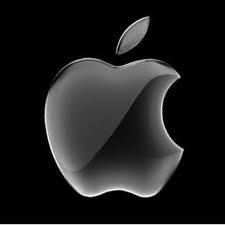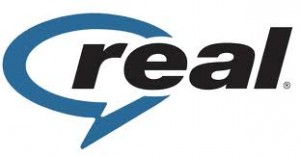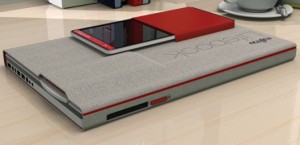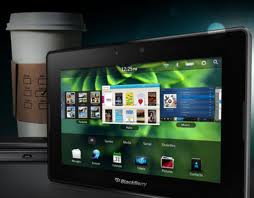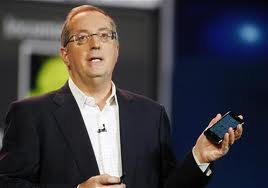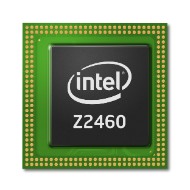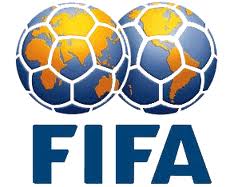Company believes that they will soon outpace PC sales
The pace at which new technology gets adopted seems to be faster than ever, or it might be more accurate to say that once it is popularized it gets adopted faster than ever, as Apple showed when it revealed the sales numbers of its popular iPad tablets.
The iPad is not the first, or even the second tablet to hit the market, attempts have been ongoing for more than a few decades including Alan Kay’s Dynabook computer concept, Motion Computing’s Tablet PCs, and the Microsoft PC Tablet to name just a few.
There are a number of failed attempts over the past years, in part because the technology was just not there in terms of enabling developers to create fully functional devices that were lightweight, tough and yet could rival a computer.
However that issue is a thing of the past and tablet sales have been growing at a tremendous rate- according to a recent report from market analyst firm BI Intelligence, tablet sales are expected to hit 500 million units a year by 2015. The firm estimates that tablets will be a $100 billion market and surpass PC sales by a good percentage- it believes PC sales will be approximately 360 million units. No wonder Intel is working so hard to enter this space.
So how is Apple doing in this space you wonder? Well according to Tim Cook, Apple’s CEO the number is around 55 million units. He revealed the number during a presentation at the Goldman Sachs Technology and Internet Conference.
He attributed the healthy ecosystem for the iPad platform as being very important for the growth and said that there were 170,000 apps that have been optimized for the platform as well as peoples previous experience with the iPhone.
He said that since its introduction he and others at Apple have believed that in the long run tablets would outsell PCs. As a user he said that he now spends between 80-90% of his time on an iPad. He said that it is cannibalizing Mac sales but if someone is going to do that he prefers it be Apple.
To put the sales figures in prospective with other Apple products Slashgear points out that it took Apple three years to sell that many iPhones and 22 years to sell that many Macintosh computers.
